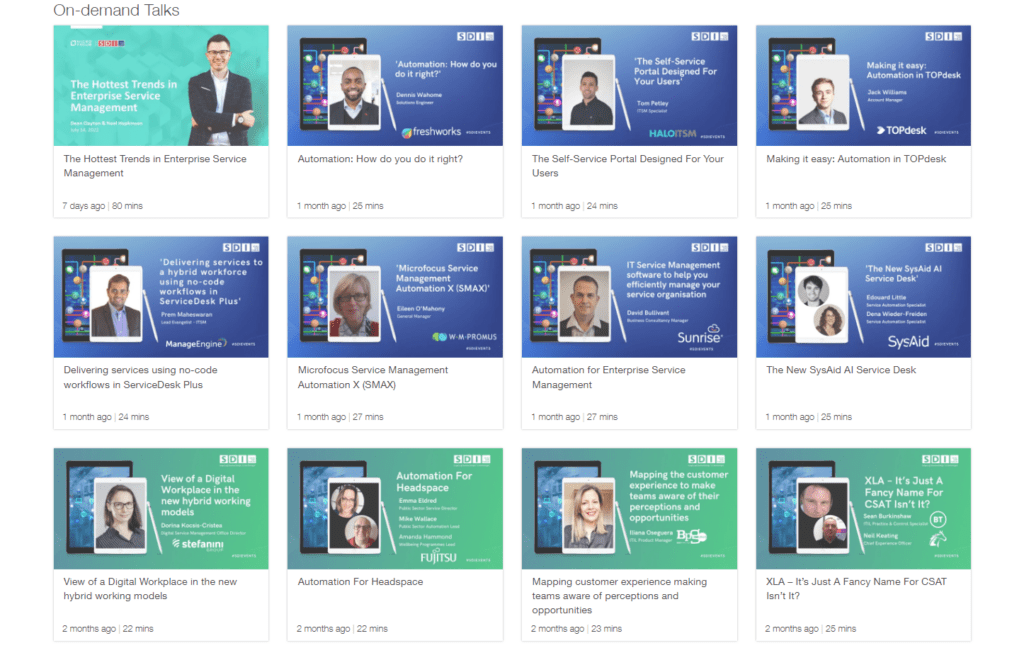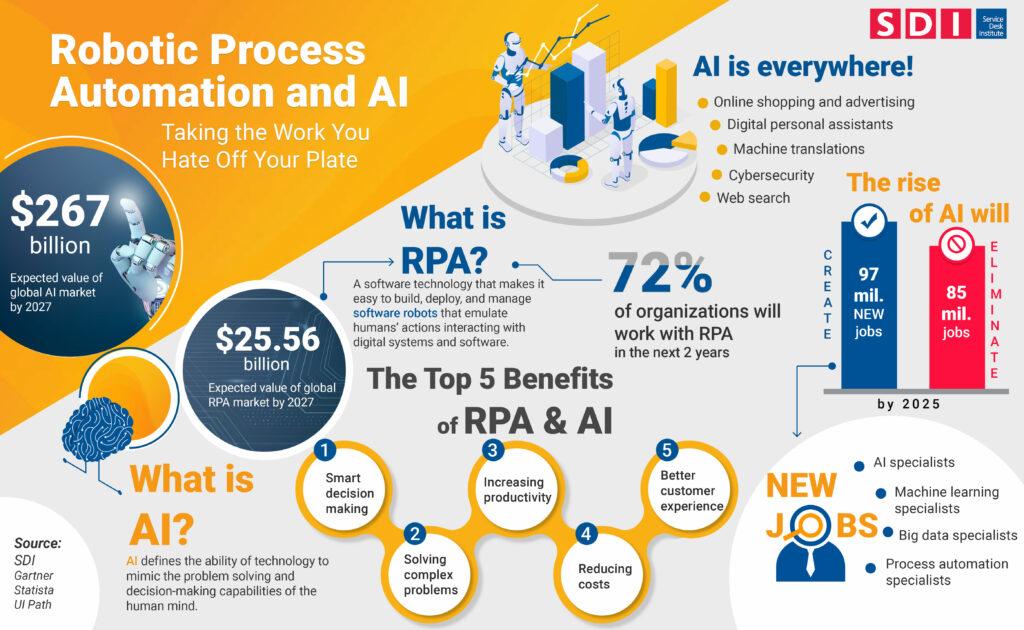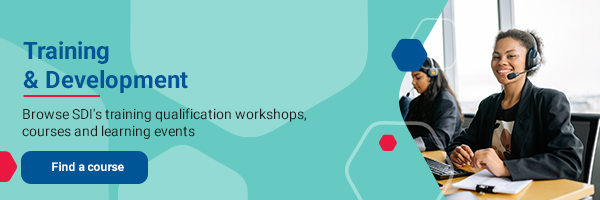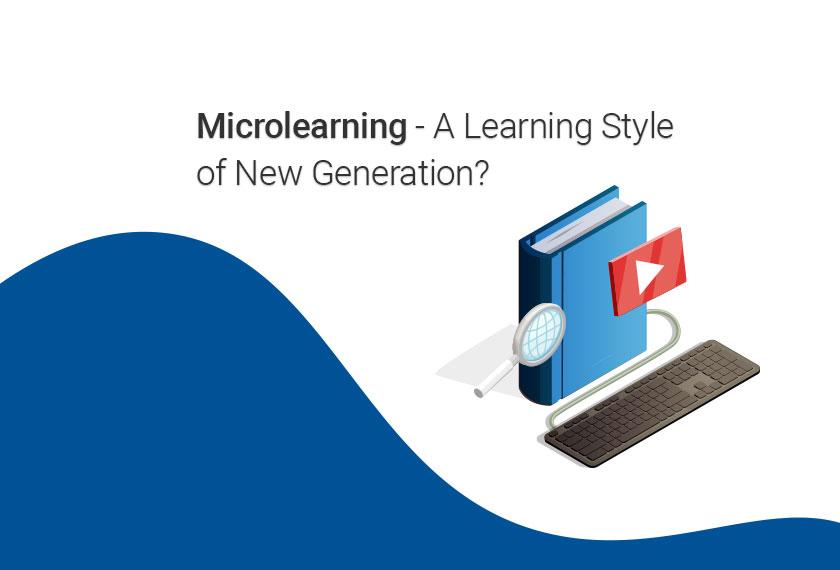
When it comes to the way we work – the future is already here. The last two years have had a lasting impact on the way we work. Ongoing changes in how we work have raised new employee expectations and transformed employees’ relationships with work. However, this is not the only thing we are facing.
The way we train our employees is also changing. But how should the organisation respond to these changes? Is microlearning the future of training in the workplace?
This article will discuss the importance of microlearning and why it should be part of an organisation’s training and development strategy.
What is Microlearning?
Getting the right tech, tools, and personnel to develop and implement a solid training plan can be challenging. However, learning and consuming content is becoming easier than it was a decade ago. Employees can access different content anywhere and anytime using technology and modern tools.
In today’s modern workplace, there are many cost-effective and time-saving solutions employees might prefer more – this is where microlearning comes in.
But what is microlearning?
Microlearning is simply defined as the practice of learning through bite-sized content delivered when and where the learner needs it. Basically, the idea behind microlearning is to break down educational materials into short modules or intervals and easily digestible content.
Learning Style for New Generations or Everyone?
Microlearning is all around us, and it’s been a topic in the online learning industry for a while. However, there are still many misconceptions about this modern learning practice.
Some of them are that microlearning can’t be used for complicated content and is only appropriate for new generations, such as Millennials and Gen Z.
The truth is that microlearning can be used for all kinds of content and situations.
From onboarding employees, soft skills, or leadership skills development to technical upskilling, microlearning is an effective way to develop the modern workforce. It allows you to deliver educational content in simple ways so learners can easily understand, retain, and apply that information or new skill in their work immediately.
According to an Oxford College study, 42% of organisations experienced an increase in income after introducing e-learning.
Although it is more accepted by new generations – microlearning is convenient for everyone. So why should you use it? And what are some other benefits of this learning concept?
Benefits of utilising Microlearning
What learning type do you prefer? For example, would you choose traditional training, a 16-hour online course, or learning in small intervals to get the necessary information or skill?
Microlearning is excellent for employees with busy workdays and lifestyles. With microlearning, they can focus on achieving a single objective and utilise their time more effectively.
You have probably seen these educational videos with animated whiteboards explaining important terms or topics in just a few minutes. Most of us love the visual elements, but have you noticed anything else about these videos?
They are very good at getting the point across to viewers directly and quickly. In other words, they have clear objectives and deliver them in short engagements. And the best part is that after watching one of those short videos, you should be able to apply what you’ve learned immediately.
Here are some of the other benefits of microlearning:
- Courses are delivered faster
- Courses are cost-effective
- Flexible and convenient learning
- High rate of engagement
- Better performance and learner’s experience
- Better knowledge retention
In many cases, the cost of the course has nothing to do with the length of the course. What’s more, in most circumstances – less is more. But what does this really mean?
Sometimes a shorter but more convenient learning process might work better than a 20-hour online course. The fact is that on-demand learning is what is so appealing to many, as they can access the content at their convenience and still get the desired result. And at the same time, an organisation can improve employee experience and get the engagement they need from them.
The reality of learning today
Instead of taking many hours to get the desired information or skill, most Millennials and Gen Z prefer to consume information in short intervals. Why?
If you think about it, these new generations grew up using technology from an early age.
So, finding quick answers to their problems through apps, search engines and social media usually looks more appealing to them than going through long training sessions. However, this doesn’t mean longer-duration courses are not good. It simply means that organisations should consider incorporating some form of microlearning into their training and development strategy besides traditional learning.
How to deliver Microlearning
There’s a lot of information about online learning and many different learning platforms available. It’s challenging, though, because each market is entirely different. What works for an IT worker, might not work as well for someone working in the manufacturing industry.
Another essential part of microlearning is engagement. Without some engagement, the value of microlearning is lost.
So, the real challenge is to create these short engagements and create value for the learner and the business
However, this doesn’t mean that you should limit all your learning assets to only 2 or 5 minutes. The type of content and length of the learning experience should depend on the context and learning objectives you aim to achieve. Even if you deliver 10- or 20-minute content, as long as you hit the employees’ learning objectives, this would still be a great asset that can provide engagement.
Think about it as one piece of content that stands by itself – learning activities, explainer videos, microlearning apps, how-to guides, infographics, multiple-question quizzes, a job aid etc.
Let’s look at some microlearning content examples:
#1 Example
In most cases, employees might not have much time to go through a detailed course or long video tutorial. They might be looking for quick instructions on solving an issue or getting some practical tips. That’s where microlearning videos can help!
Microlearning videos or micro-lectures can be great standalone learning content or a part of a longer learning path. There are a lot of quality platforms, such as BrightTalk or TED Talks, where you can discover the latest content from professionals, innovators, and visionaries or even share your own company experience and insight!
Check out our BrightTalk channel
#2 Example
Online learning apps or platforms such as Skillshare, Udemy, and Coursera often cover a range of courses and levels, from developing leadership skills, social media skills, and finance tips to tools for improving everyday work. No matter the industry, job position or age, these platforms are a good example of microlearning content that can be easily accessed anytime.
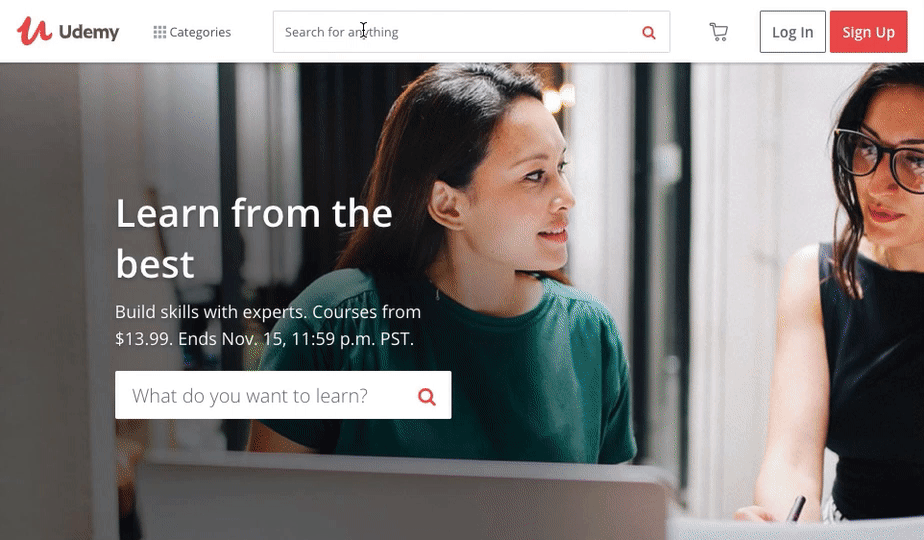
#3 Example
Infographics or graphic visual representations of information, data, or knowledge are a great solution to cover any topic in a quick and easily digestible way. It can help you to present ideas, and solutions or share knowledge more quickly and effectively than the written word. After all, a picture is worth a thousand words!
Read the full article ‘Robotic Process Automation and AI’
In Conclusion
Training matters. It adds business value – it helps unlock your team’s full potential and helps improve the quality-of-service organisation provides. What’s more, it builds trust. Many organisations still rely on older technologies and traditional ways to deliver training.
However, things are changing, from rapidly evolving technology, new employee expectations, and industry changes to new generations. It’s time to think about other effective ways to provide training and get the desired results. Creating microlearning content could be just the right solution for that!
Want to learn more?
Explore our training course calendar to learn more about training for developing a top-performing team of Service Desk & Support Professionals.
Written by Antonija Bozickovic, Content Creator























